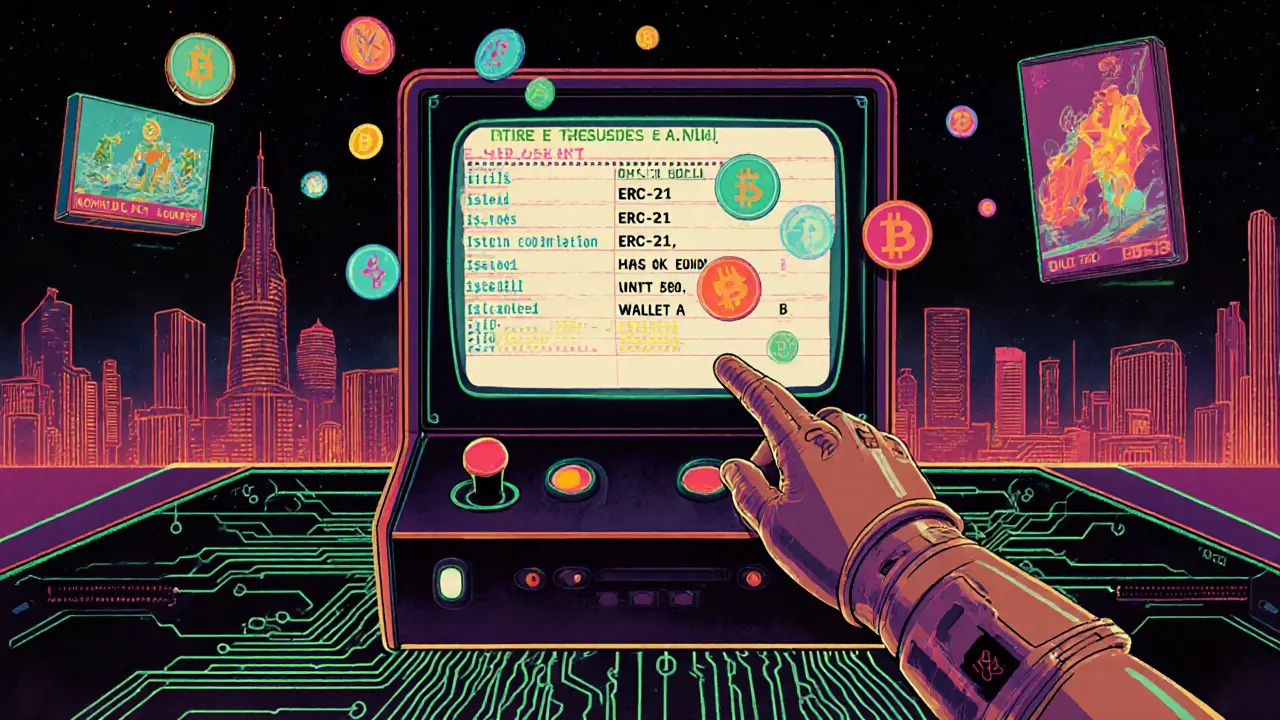NFT Ownership Check: How to Verify Who Really Owns a Digital Asset
When you buy an NFT, you’re not just buying a picture—you’re buying proof of ownership recorded on a blockchain, a public, tamper-proof digital ledger that tracks every transaction. Also known as distributed ledger technology, it’s the only thing that makes an NFT truly yours and not just a screenshot. But here’s the problem: anyone can copy the image. What you need to check is who holds the private key to that NFT’s wallet address. That’s the real ownership check.
An NFT wallet address, a unique string of characters that acts as the digital mailbox for your NFTs. Also known as crypto address, it’s the only thing that proves you control the asset. If someone claims they own a Bored Ape, you don’t trust their screenshot—you check the blockchain. Tools like OpenSea, Etherscan, or Solana Explorer let you paste the NFT’s token ID and instantly see the current owner. If the wallet hasn’t moved in years, that’s a good sign. If it just changed hands from a known scammer address? Red flag.
Many fake NFT collections look identical to the real ones. That’s why NFT verification, the process of confirming an NFT’s legitimacy through on-chain data and official contract addresses. Also known as smart contract validation, it’s your first line of defense matters. A real NFT project will have a verified contract on the marketplace. Check the contract address against the project’s official website. If they don’t match, walk away. Also, look at the transaction history. Real NFTs have a trail of sales, transfers, and minting events. A new collection with 10,000 NFTs and zero trades? Probably a rug pull.
Ownership isn’t just about who holds it now—it’s about who held it before. If an NFT was once owned by a known wash-trading address or a mixer used for laundering crypto, that’s a hidden risk. Blockchain forensics tools can trace these paths. You don’t need to be a coder to do this. Sites like NFTBank or NFTGo show you the full history: who minted it, who bought it, and how long it’s been held. If the same wallet bought 50 NFTs in 10 minutes, that’s not a collector—that’s a bot.
And don’t forget: owning an NFT doesn’t mean you own the copyright. That’s a common mix-up. The NFT proves you have the token on the chain, not the right to use the art commercially. Always check the project’s terms. Some projects give full commercial rights. Most don’t. That’s separate from ownership.
There’s no magic button that says "this NFT is safe." But with the right checks—wallet address, contract verification, transaction history, and project legitimacy—you can cut through the noise. The posts below show you exactly how to do it with real examples: how to check ownership on Ethereum, Solana, and Polygon; how to spot fake NFTs on OpenSea; how to use blockchain explorers like Etherscan like a pro; and how to avoid the most common scams targeting new collectors. You’ll walk away knowing not just how to check ownership, but how to trust what you’re seeing.
Learn how to verify NFT ownership on blockchain using Etherscan and other tools. Understand what NFT ownership really means, spot scams, and avoid common pitfalls when buying or selling digital assets.
More